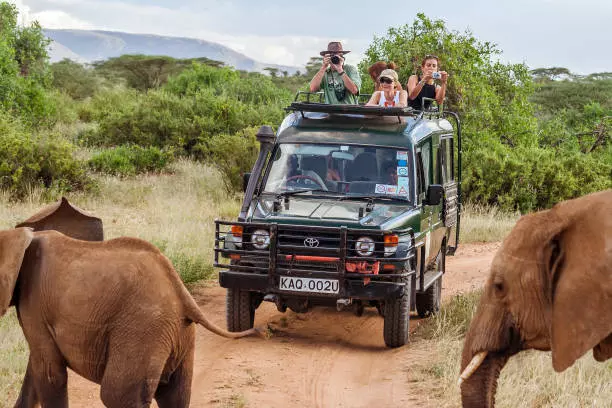
- Home
- India
- World
- Premium
- THE FEDERAL SPECIAL
- Analysis
- States
- Perspective
- Videos
- Sports
- Education
- Entertainment
- Elections
- Features
- Health
- Business
- Series
- In memoriam: Sheikh Mujibur Rahman
- Bishnoi's Men
- NEET TANGLE
- Economy Series
- Earth Day
- Kashmir’s Frozen Turbulence
- India@75
- The legend of Ramjanmabhoomi
- Liberalisation@30
- How to tame a dragon
- Celebrating biodiversity
- Farm Matters
- 50 days of solitude
- Bringing Migrants Home
- Budget 2020
- Jharkhand Votes
- The Federal Investigates
- The Federal Impact
- Vanishing Sand
- Gandhi @ 150
- Andhra Today
- Field report
- Operation Gulmarg
- Pandemic @1 Mn in India
- The Federal Year-End
- The Zero Year
- Science
- Brand studio
- Newsletter
- Elections 2024
- Events
- Home
- IndiaIndia
- World
- Analysis
- StatesStates
- PerspectivePerspective
- VideosVideos
- Sports
- Education
- Entertainment
- ElectionsElections
- Features
- Health
- BusinessBusiness
- Premium
- Loading...
Premium - Events

In the era of booming ‘tiger tourism’, fatal encounters in Indian forests remain a grim reality, with the recent Ranthambore incident highlighting the dangers tourists often underestimate
Mainstream media erupted in misplaced rage last week after reports claimed that a guide “abandoned” the vehicle when a canter carrying 20 tourists in Ranthambore broke down during an afternoon safari, leaving passengers at the tender mercies of tigers, leopards, bears, and even marsh crocodiles, who would have been waiting for just such an opportunity to pounce on easy prey. As with most knee-jerk reactionary stories, the hype quickly overshadowed the reality.
Also read | Jim Corbett's 150th birth anniversary: The tiger still owes a lot to 'Carpet Sahib'
By some accounts, the guide was a brave heart. Putting his life at risk by walking through the forest inhabited by resident tigers, he was making an attempt to arrange for another vehicle.
Perils of the wild
But that’s a secondary point. What most visitors to national parks and sanctuaries forget is that these places can be as dangerous as cities, if not more. In March 2018, the Field Director of Karnataka’s Nagarhole Tiger Reserve, S Manikandan, was trampled to death by a wild elephant inside the forest. He had just stepped out of his vehicle to inspect the terrain, where a forest fire had raged a few days earlier, when a lone tusker hiding in the bushes charged and killed the senior IFS officer.
These incidents happen in the blink of an eye, but are often remembered for long. Like how David Hunt, a birder from England, lost his life after inadvertently stepping on a sleeping tiger in the Corbett National Park. The mishap prevented Hunt from taking the photograph of the owl he was chasing.
One careless misstep in a forest, even a protected forest, can have disastrous consequences. Carelessness, coupled with an unbound thirst for a “close encounter” with wildlife, can be a recipe for quick departure from Planet Earth. In the past few decades, photography and the urge to capture that elusive great shot have often acted as a catalyst leading to sudden death.
Fatal frames of nature
In April 2009, a Dutch tourist, Robert Willam Goldbrach, clicking photographs of a wild elephant in Assam’s Kaziranga National Park, did not heed the advice of his guide to run for safety and thereby lost his life. Those who do not learn from such tragedies often fall victim to them. I am not sure if poor Goldbrach was aware that 11 years before, and in the same Kaziranga, an 80-year-old American tourist, Mary Brumder, had been similarly dispatched to her grave by an angry elephant.
The recent spurt in “tiger tourism” as well as the phenomenal sprouting of wildlife and tiger-centric pages on social media have all added to the craze for wild destinations in India. I remember how a British tourist had lamented, in a viral social media post a few years ago, his failure to book a Gypsy for a jungle safari in Ranthambore even after months of trying.
Chasing the perfect shot
Two other factors are worth taking note of:
1. Modern-day mirrorless cameras and telephoto lenses have now become the norm rather than the exception among travellers to our forests.
2. Even many mid-range cellphones have cameras that can capture stellar photographs in good light (provided, of course, the owner knows how to shoot with manual controls).
Also read | When a precious cow becomes more important than a tiger
Armed with these gadgets, the Gen-X wildlife photographers and influencers (yes, even they are in the rat race) leave no stone unturned to get the “perfect click”. One that will gain more followers, subscribers and views on social media. The frenzy to get the coveted “head-on” shot of an approaching tiger or a tusker can potentially put them in harm’s way.
But what most visitors to our forests don’t realise is the sheer indifference of nature and wild animals to humans. A meandering river, one that multiplies the sheer beauty of the landscape, will devour a non-swimmer within minutes. The same goes for gorgeous-looking tigers and elephants. A close encounter with them will often trigger lethal consequences.
(The Federal seeks to present views and opinions from all sides of the spectrum. The information, ideas or opinions in the articles are of the author and do not necessarily reflect the views of The Federal.)


